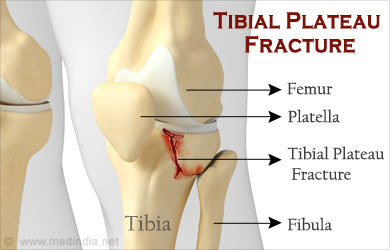Lead Article – March 2021
Same Injury – Two Outcomes
Consider two 20 year old men. They were unfortunately involved in identical accidents on the same day; each injuring his right knee.

John was a third year electrical engineering student and sustained a displaced fracture involving the lateral tibial plateau within his right knee joint. The displacement was not great and his Orthopaedic Surgeon considered that it could be managed non-operatively. The limb was braced for eight weeks or so and he then received some physiotherapy for two or three months.
The fracture healed and although the subsequent radiographic images confirmed that the joint was not pristine, he was able to cope with the duties required of him over the next few years as an engineer. He avoided running and jumping, engaged in swimming and bike riding only, and his prognosis appeared to be relatively good. Clearly, he had 60 years or more of useful life ahead of him and therefore, there is a small risk that he may develop osteoarthritis in that compartment of the joint, eventually necessitating a total joint replacement. It is very difficult to be exactly certain as to what that risk might be, but it is probably in the order of only 10% to 15%.

Peter was the same age, sustained exactly the same injury on that same day, but worked as a marine boilermaker. He had just finished his apprenticeship.
Peter had secured job on a tug boat operating off the coast of Western Australia. The tug was a particularly fancy vessel and operated in tandem with another tug boat manoeuvring the enormous ships that docked in that region, taking our iron ore to Asian markets. Peter was obliged to run up and down eight flights of steps on numerous occasions during a 12-hour shift whilst tending the engines deep in the bowels of the vessel, but also manning the winches and ropes on deck. These duties were particularly arduous and had a deleterious effect upon the fracture that had otherwise healed satisfactorily.

The likelihood is that Peter will develop osteoarthritis in this joint much sooner rather than later. It is unlikely that he will be able to continue working in this marine environment for more than the next 10 or 15 years and his chances of requiring a total knee replacement are probably in the order of 50% to 60% by the time he retires.
John and Peter were the same age, had the same injury and theoretically the same prognosis. It is this superimposition of industrial work practices that separates them so obviously.

For every injury, there is broad spectrum of possible outcomes. Every case should be assessed medicolegally upon its own merits.
